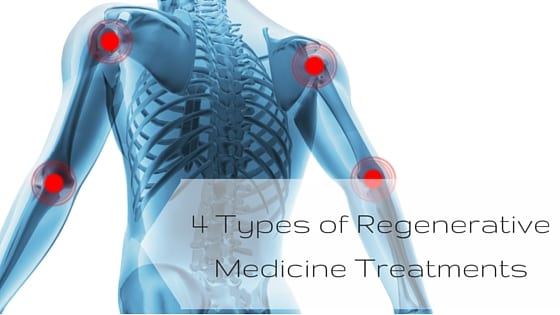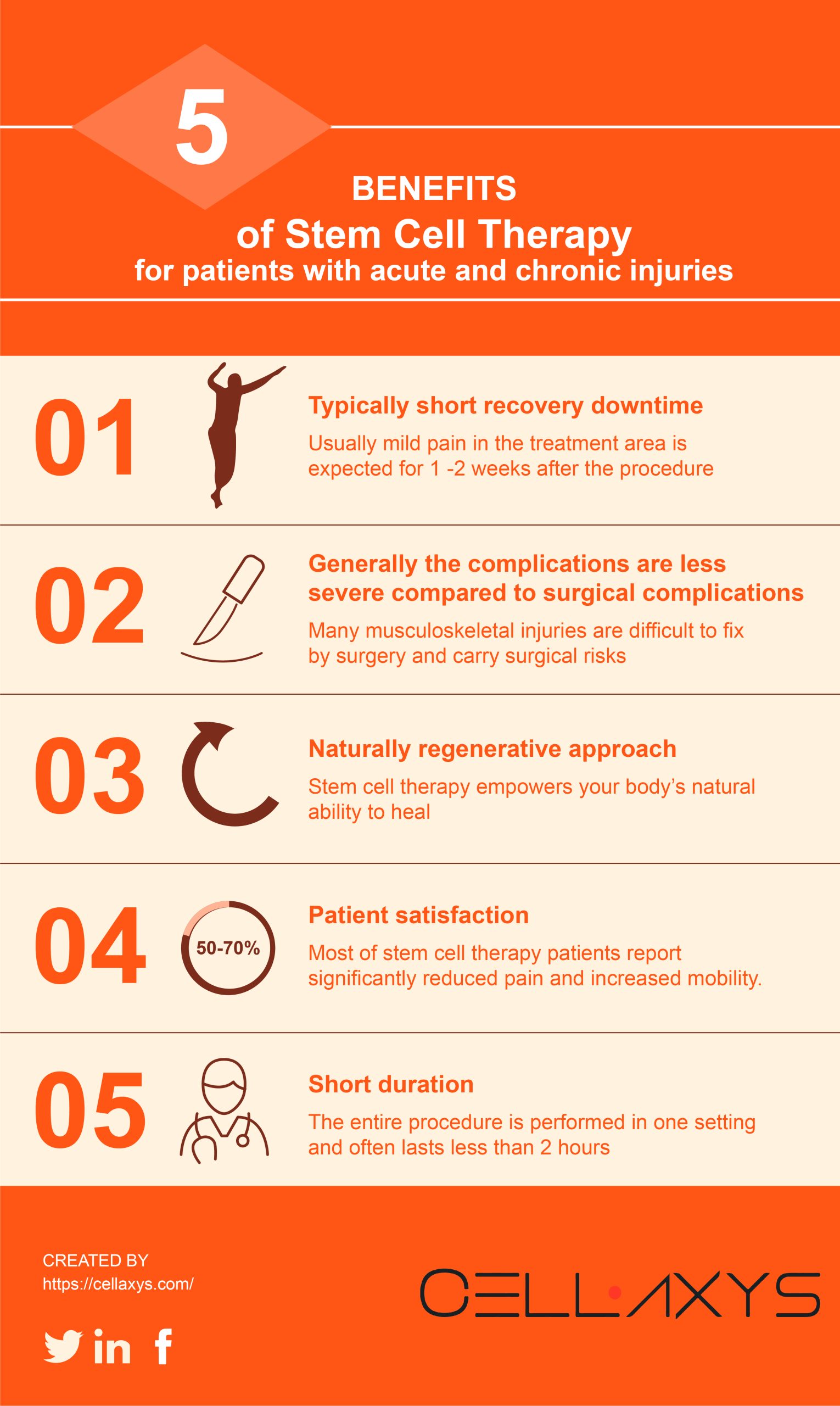Table of Contents

[/image][=video]
[/video]
Viscosupplementation: Shot of hyaluronic acid into intra-articular room can recover the thickness and elasticity of osteoarthritic synovial liquid. HA plays an important duty in shock absorption, lubrication, and the visco-elastic nature of the synovial fluid. Prolotherapy: Prolotherapy is the injection of a solution to rehabilitate an incompetent structure and promote sclerosis at the injection site.
Even more than one treatment session may be needed before results are felt and, as with any type of treatment, outcomes are not assured. A stem cell does not offer a certain bodily function, but it can become a cell that does, such as a cartilage material cell or a ligament cell. Physicians who use stem cell treatment think that, when put into a certain environment, stem cells can transform to meet a certain need.
To make PRP, blood is taken from the person and after that processedoften using a centrifugeto produce a focused remedy of platelets and plasma (PRP).: All PRP is not the very same.
Swelling increases blood flow and brings in cellsgranulocytes, monocytes, macrophages and fibroblaststhat can repair and heal damaged cells. Throughout prolotherapy, a physician injects an irritant into the hurt location, which momentarily enhances swelling.
Menopause Therapy

Prolotherapy sometimes makes use of PRP as an irritant, however prolotherapy is not by interpretation a cellular therapy. As a matter of fact, the most commonly utilized irritant is dextrose, a basic sugar. Materials such as glycerine or saline may likewise be used.: Compared with other regenerative medication treatments, such as stem cell and PRP shots, there is not a great deal of professional research relating to prolotherapy and its performance.
Different strategies might be made use of to attempt to fix cartilage, consisting of yet not restricted to: Making little cuts or abrasions in the bone directly below the cartilage injury. The purpose is that the blood from the damaged bone will promote new cartilage material cell development. Transplanting cartilage from another component of the person's body, a contributor, or pet.
Regenerative medication looks for to replace cells or organs that have been damaged by age, illness, injury, or congenital issues, vs. the current scientific technique that focuses primarily on dealing with the signs and symptoms. The tools used to understand these outcomes are tissue engineering, mobile treatments, and medical gadgets and fabricated body organs. Mixes of these techniques can enhance our natural recovery procedure in the locations it is required most, or take control of the function of a completely damaged body organ.
When hurt or attacked by disease, our bodies have the innate response to recover and protect. What if it was feasible to harness the power of the body to heal and after that increase it in a clinically relevant method? Suppose we could help the body recover far better? The appealing area of regenerative medication is functioning to recover structure and function of broken cells and body organs.
Menopause Therapy in Garden City, Michigan
The goal of this method is to create transformative health care options that will potentially treat previously untreatable injuries and illness. Cells engineering is a strategy where biologically compatible scaffolds are implanted in the body at the website where new tissue is to be formed. If the scaffold remains in the geometric form of the tissue that needs to be generated, and the scaffold draws in cells the outcome is brand-new tissue in the form preferred.

Millions of clients have actually been treated with some form of tissue engineered devices, yet the field is in its infancy. Numerous millions of grown-up stem cells are found in every human.
To find out more regarding some of the promising studies and clinical trials involving mobile treatments, go here. In cases where an organ falls short, the predominant scientific method is to hair transplant a replacement body organ from a benefactor. The principal difficulties are the accessibility of donor body organs, and the requirement that the benefactor take immunosuppression drugswhich have side impacts.
Hormone Therapy in Garden City
Regenerative medicine spans a vast array of techniques in medication, biology, design, and various other locations of scientific study. While there are just a limited variety of authorized regenerative medication therapies for patients today, several possible therapies remain in scientific tests, or will certainly be soon. These definitions are intended to help you recognize terms you might hear as regenerative medicine comes to be a widespread topic of conversation.
Biomaterials is a significantly sophisticated modern technology that blends principles of design and biology to drive discovery and testing of therapies. The term extensively describes materials that are developed for the purposes of interacting with living cells, cells, organ, and systems. Biomaterials can be originated from natural sources, like healthy proteins or sugars, or from synthetic materials, like polymers, steels, or plastic.
One prominent classification of biomaterials, referred to as hydrogels, are water-based frameworks with customizable properties to house cells in 3D rooms that simulate problems in living tissue. Next-generation biomaterials can be changed in real-time to route exactly how cells work in 3D area. Condition modeling is the usage of animals, stem cells, and crafted devices to research human diseases without the requirement for human subjects.
Medical Group around Garden City, Michigan
Diet regimen, way of living, exposure to sunshine, and aging are all variables that can cause epigenetic adjustments. In the area of regenerative medication, researchers study how epigenetic modifications contribute to disease-causing mutations. In one investigation, ISCRM researchers are part of an initiative to create a genetics therapy to assist boys and pet dogs with an unusual muscle problem to stroll and grow.
Navigation
Latest Posts
Stem Cell Therapy around Garden City, Michigan
Menopause Therapy
Perimenopause Treatment in Garden City, Michigan